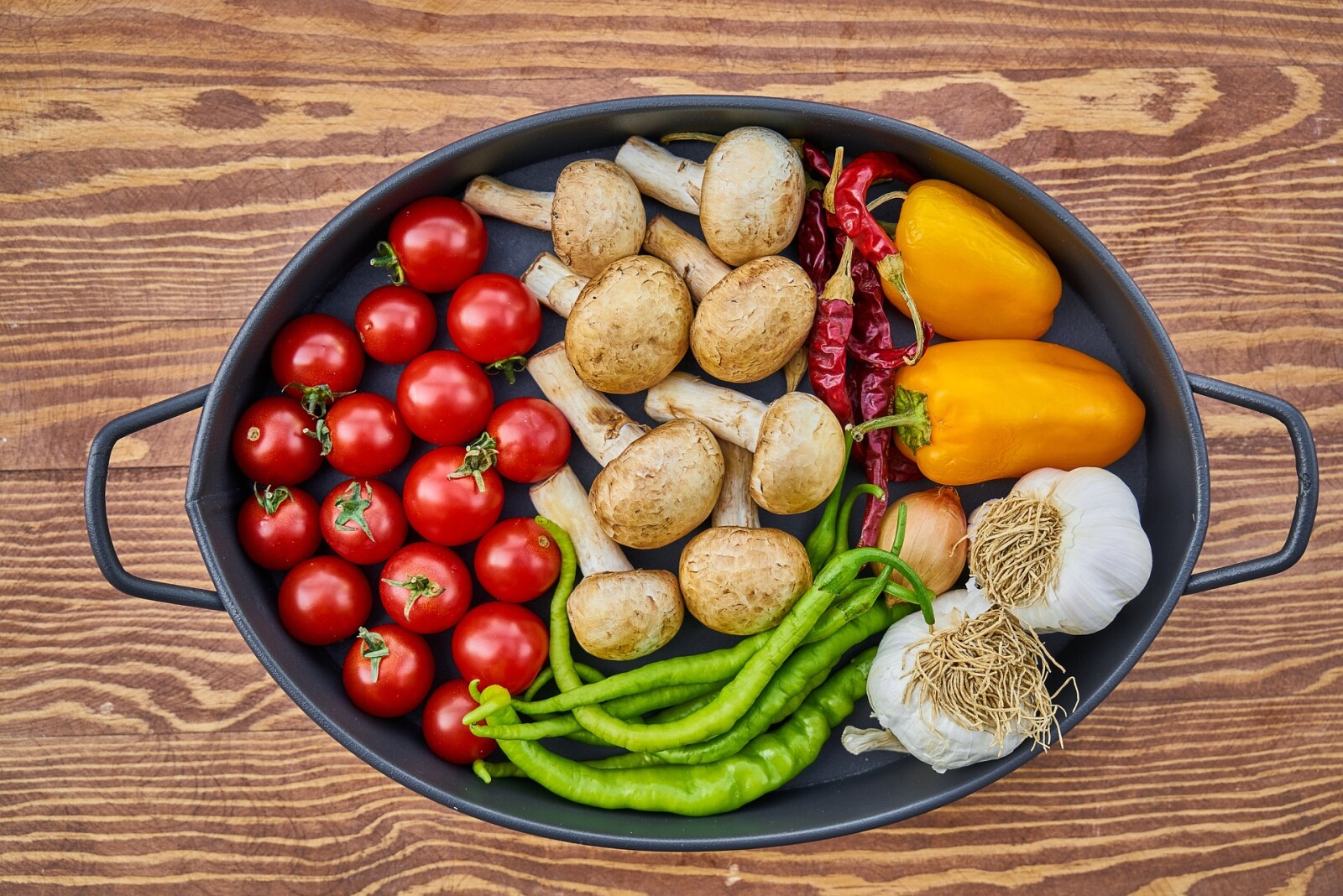
Yes!! If you’ve ever heard the phrase “eat your mushrooms, they’re good for you!” then it’s likely you have an idea of the health benefits of eating mushrooms. But do you know what makes them so special? Let’s take a look at why these fungi are powerhouses on the nutritional scene.
Vitamin D Content: Did you know that some mushrooms contain vitamin D? This is especially true for mushrooms that have been exposed to sunlight prior to harvesting. Vitamin D helps with calcium absorption and bone health, as well as aiding in the functioning of many systems throughout the body. Studies have even shown that increasing vitamin D intake can reduce the risk of certain types of cancer, making it a nutrient worth looking out for.
Anticancer Properties: Several studies have suggested that certain types of mushrooms may help reduce one's risk of developing certain types of cancer. For example, shiitake mushrooms have been linked to reduced risks for colorectal cancer and breast cancer, while maitake mushrooms may help reduce risks for prostate cancer and lung cancer. While more research needs to be done on this topic, there seems to be some promise in the anticancer properties of certain mushrooms.
Immune System Support: Eating mushrooms can also support your immune system in multiple ways. For starters, they contain antioxidants which can help protect against oxidative damage caused by free radicals in the body. Furthermore, they are also rich sources of B vitamins which provide energy and support metabolic processes throughout the body. Finally, mushrooms are also high in copper which aids in red blood cell formation and healthy nerve function - both important parts of maintaining a healthy immune system!
There is no doubt about it - when it comes to nutrition, mushrooms are something special! They are packed with lots of essential nutrients like vitamins and minerals which can benefit your overall health in many ways - from providing immune system support to reducing one's risk for certain cancers. So next time you hear someone say “eat your mushrooms!” don’t forget why - because they truly are superfoods! Daily consumption is recommended for mazimum benefits!
More about the benefits of cooking mushrooms, here.
My blogs contain some affiliate links.
Any purchase made is a blessing to my family at no extra cost to you!
Thank you for supporting us!

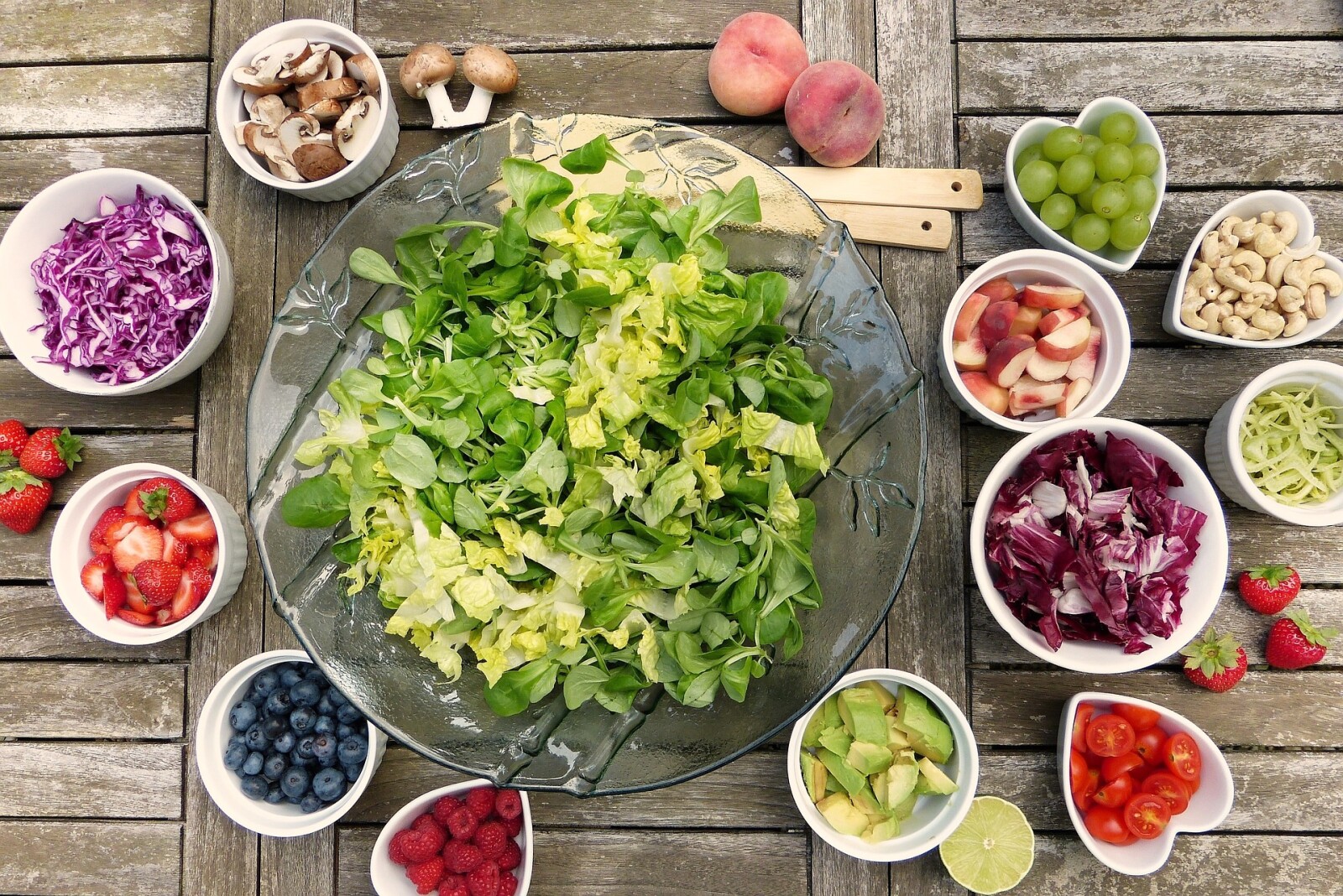
Do you ever find yourself looking at the farmer's market or grocery shelves and wishing you could create a delicious and nutritious salad that would keep your family happy and healthy? Making the perfect salad is easier than it seems! With this guide on how to prepare leafy greens, cruciferous vegetables, protein sources, vegetables, and onions in a single dish, creating a meal time masterpiece has never been simpler. And best of all - with proper planning you'll have an array of flavor combinations available for many meals to come!
The Base
The first step to making a perfect salad is to choose the right base. A good base should be leafy and crisp, like romaine lettuce or spinach. Avoid using iceberg lettuce, as it is not as nutritious and does not have the same flavor. I love dark leafy greens or purple colored lettuce, too. Mix it up!
The Cruciferous
(Yes - these get their own category, they are sooooo good!) Next, add some cruciferous vegetables to your salad. Cruciferous vegetables are high in fiber and vitamins, and they add a delicious crunch to your salad. Good options include broccoli, cauliflower, kale, cabbage, and Brussels sprouts.
The Protein
Protein is an important part of any meal, and salads are no exception. Add some cannellini beans, black beans, lentils, chickpeas, nuts, seeds, or tofu to your salad for a boost of protein.
The Vegetables and/or fruit
Add some additional vegetables and fruits to your salad for extra flavor and nutrition. Good options for vegetables include tomatoes, carrots, peppers, and cucumbers. Get creative and add any other vegetables you enjoy! (Mushrooms aren't veggies, but I will throw them in here. You can add them in - lightly cooked). Fruits such as berries, citrus, and grapes are also excellent to add in your salad!
The Onion
A little bit of onion can go a long way in adding flavor to your salad. Don't stick with just the basics of white or yellow. Try purple, or choose a sweet onion such as Vidalia or Walla Walla for the best flavor. If you don’t like onions, you can also add shallots or chives.
The Dressing/Fats
Last but not least, don’t forget the dressing! A good dressing will tie all of the flavors together and make your salad taste even better. Choose a light dressing such as vinaigrette or lemon juice, and avoid heavy dressings like ranch or Caesar. Even better, make your own with seeds, nuts, or avocado! Dressings are simple to make and delicious!
Now that you know how to make the perfect salad, go out and enjoy all the leafy greens your heart desires! Remember, a good salad has a mix of leafy greens, cruciferous vegetables, protein, other veggies and onions, topped with a seed/nut/avocado-based dressing. This gives you a nutrient balance that will fill you up and satisfy your body's needs. Now you know the truth about salad power! Try to eat a big salad every day!!
My blogs contain some affiliate links.
Any purchase made is a blessing to my family at no extra cost to you!
Thank you for supporting us!

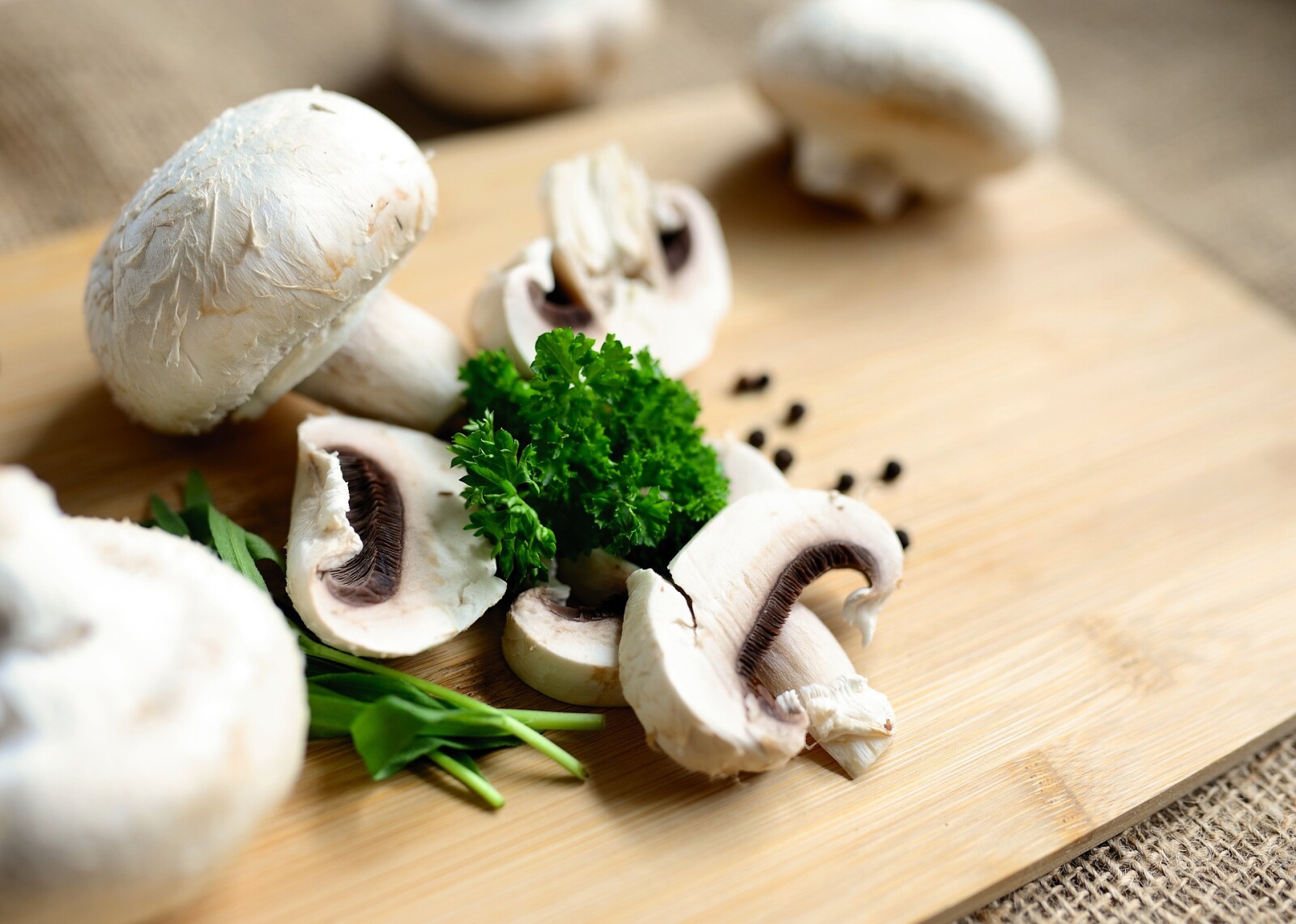
Mushrooms have long been a staple ingredient in cuisine all around the world. From portobellos to shiitakes to truffles, mushrooms are incredibly versatile, and their unique flavor adds an extra layer of complexity to any dish. They also contain vitamin D, Niacin, Riboflavin, Folate, Phosphorus, Iron, Panthothenic Acid, Zinc, Potassium, Copper, Magnesium, Vitamin B6, Selenium, Thiamin, Polysaccharides, enzymes, proteins, and antioxidants. With a list like that, you definitely want to eat these! But did you know that there are benefits to cooking mushrooms as opposed to eating them raw? Let’s explore why cooking is the best way to prepare mushrooms for consumption.
The Health Benefits of Cooking Mushrooms
First and foremost, it is recommended that you only eat mushrooms cooked for health reasons. Several raw culinary mushrooms contain small amounts of a potentially carcinogenic substance called agaritine, and cooking reduces the agaritine content significantly. In addition, cooking can help make some tough-to-digest mushrooms easier on the digestive system. (*note, studies in humans are needed here, as only animal studies so far produce carcinogenic results, whereas human studies so far have only shown benefits. But I prefer to err on the side of caution. So cook them, I will!)
Mushroom Varieties
When it comes to selecting mushroom varieties for your recipes, there are nearly infinite possibilities! Portobello, oyster, white button, shiitake—the list goes on and on. For example, add portobellos to your stir fry for a meaty texture, or use white buttons in your favorite pasta dish for added heartiness. Shiitakes provide an umami flavor like no other and can be used as a main course when paired with the right ingredients. And don't forget about truffles! Their unique flavor lends an air of sophistication that is sure to impress your guests at any dinner party or special occasion meal.
Mushroom Recipes
If you’re looking for ways to incorporate more mushrooms into your diet but aren’t sure where to start, never fear! There are plenty of delicious recipes available online that make use of common mushroom varieties. From soups and stews to salads and sides dishes - there is something out there for everyone! If you’re feeling adventurous, try experimenting with different types of mushrooms and see what works best with your favorite dishes. And if you need to sneak mushrooms into dishes for picky eaters - blending them up is so easy, and then they just disappear into the dish!! You might just stumble upon something amazing!
From health benefits to flavor profiles - it's easy to see why cooking mushrooms is one of the best ways to enjoy this versatile ingredient! Whether you're a seasoned cook or just getting started in the kitchen - adding more cooked-mushroom dishes into your repertoire should definitely be on your list of things to try this year! So get out those pots and pans - it's time to get cookin'! Holistic moms everywhere will love trying out new recipes featuring this nutritious fungi!
Why should we eat mushrooms, anyway? Read about it here.
My blogs contain some affiliate links.
Any purchase made is a blessing to my family at no extra cost to you!
Thank you for supporting us!

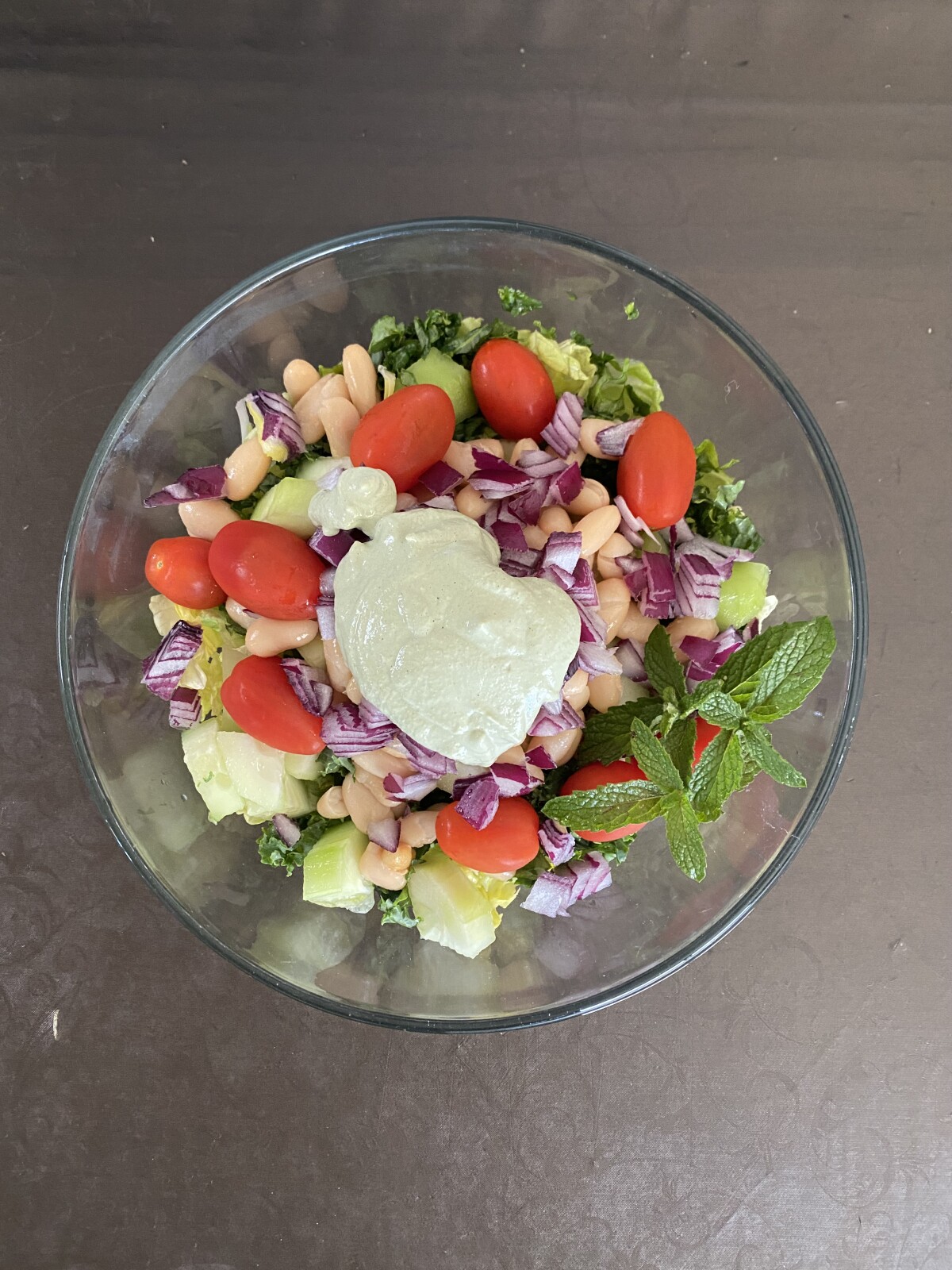
Cooking and eating healthy meals is all about finding the foods you love AND that are good for you! Don't we all crave foods that are flavorful and unique? Isn't it better to have a clean dressing that doesn't have a lot of unnecessary or unhealthy ingredients? What if you could make your own dressing that would not only be delicious but also offer a good source of protein? Enter Pepita Dressing! If you’re looking for a way to add some zest to your salads, this recipe may be just the thing.
What You'll Need
Making homemade Pepita Dressing is surprisingly simple, and the ingredients are probably already in your kitchen! All you really need are pepitas (pumpkin seeds), olive oil, lemon juice, fresh mint leaves, garlic, and pepper. If you don’t have fresh mint on hand, dried will do just fine. Once you have all the ingredients together, it’s time to get started!
Pepita Dressing Recipe:
1 cup Pepitas (pumpkin seeds)
1-3 garlic clove(s)
1/4 cup fresh mint/cilantro leaves
1-2 Tablespoon(s) olive oil (opt.)
2 -3 teaspoons lemon juice
1 drop cilantro vitality essential oil (opt.)
1 drop lemon vitality essential oil (opt.)
a few dashes of pepper
up to 1 cup water
The Steps
Start by soaking your pumpkin seeds in water for 2 hours (Do not skip this step!!). Then rinse thoroughly. Next put them into a blender (I recommend this one) along with olive oil and lemon juice. Blend until the mixture is smooth and creamy. Next, add the garlic, fresh mint/cilantro leaves, and a pinch of pepper to taste. Blend again until everything is fully incorporated. Add the water a little at a time until you get the desired texture. The final step is to transfer your homemade Pepita Dressing into an airtight container such as a Mason jar so that it can be stored in the refrigerator for up to one week.
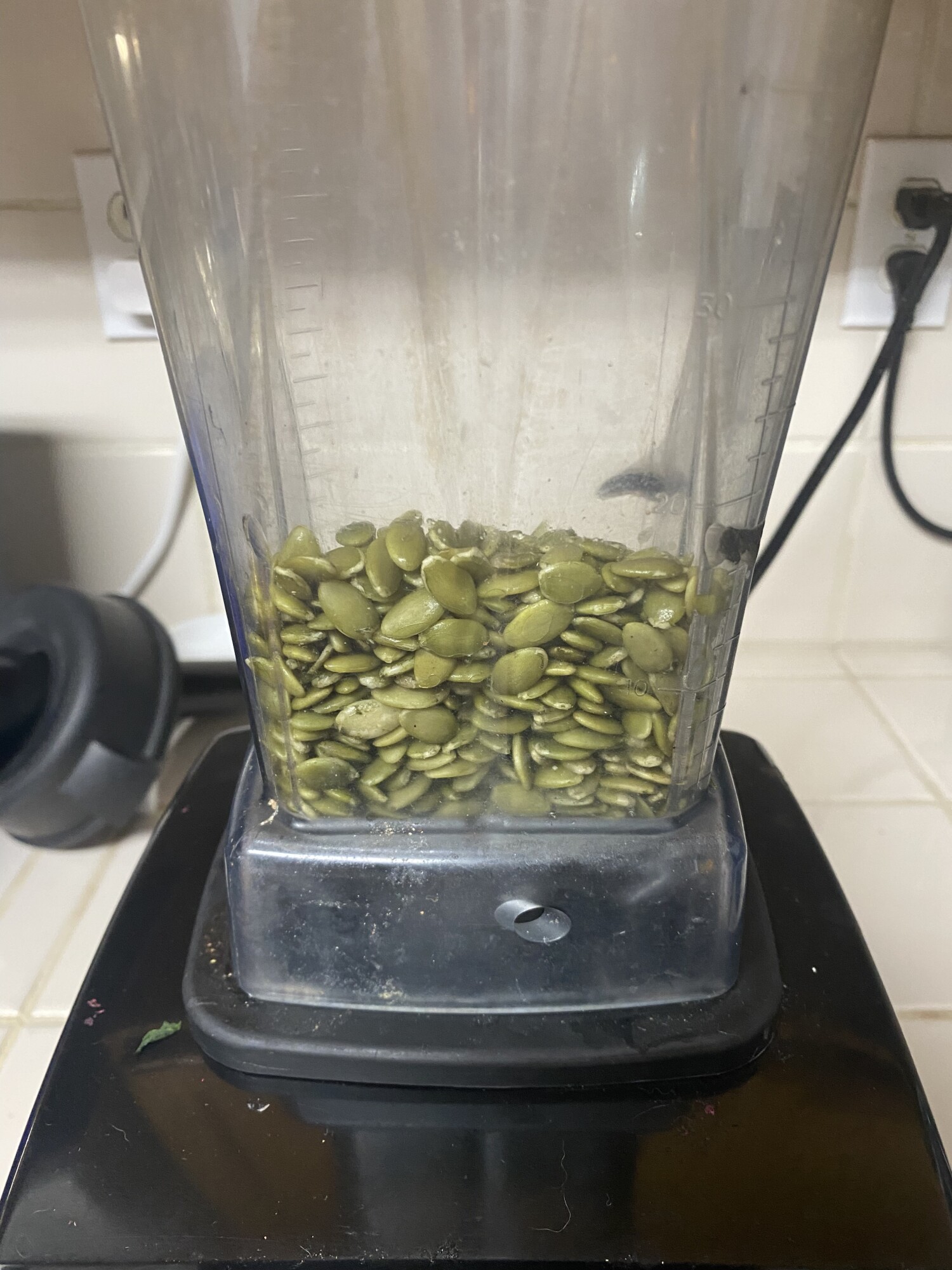
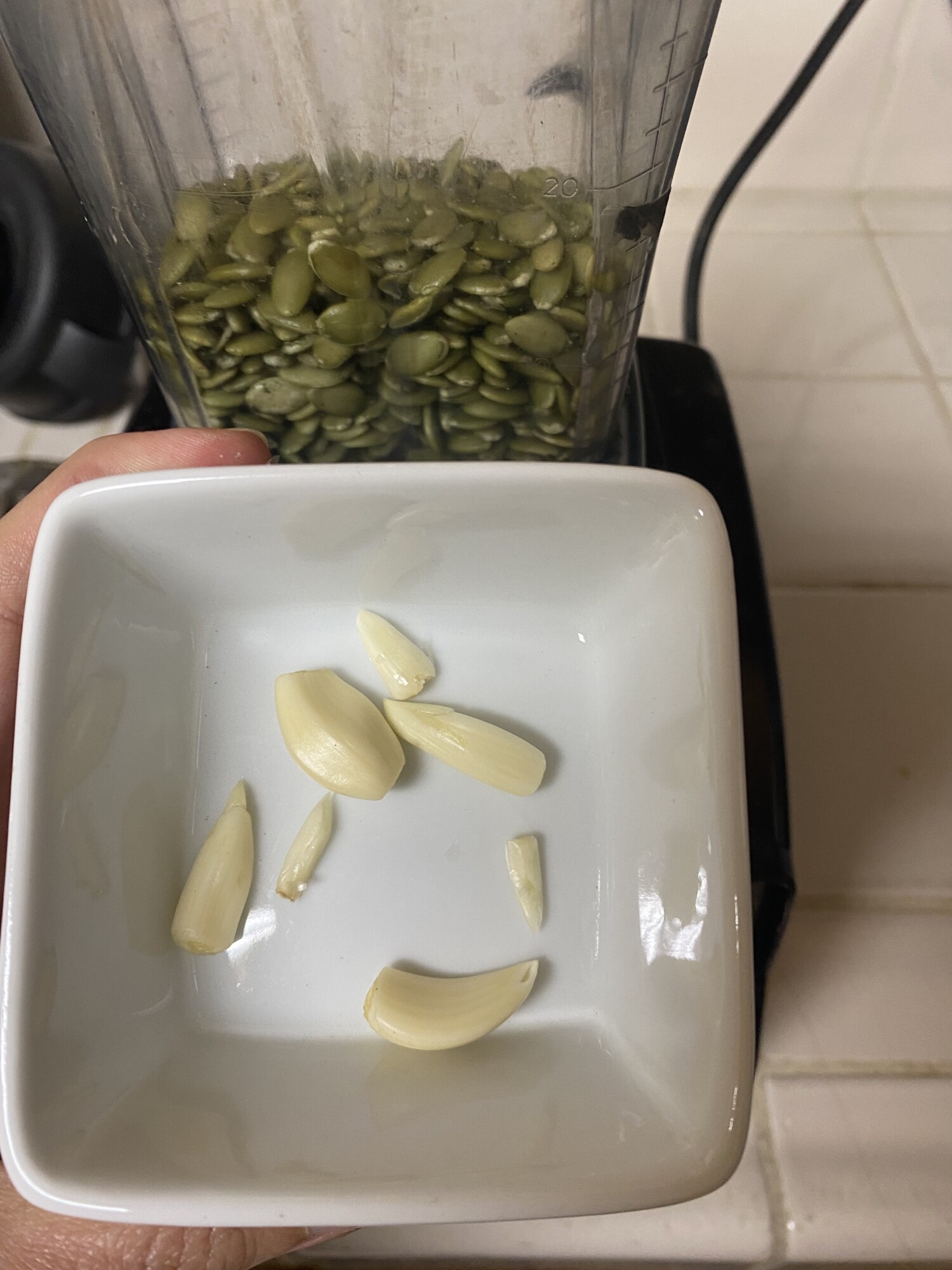
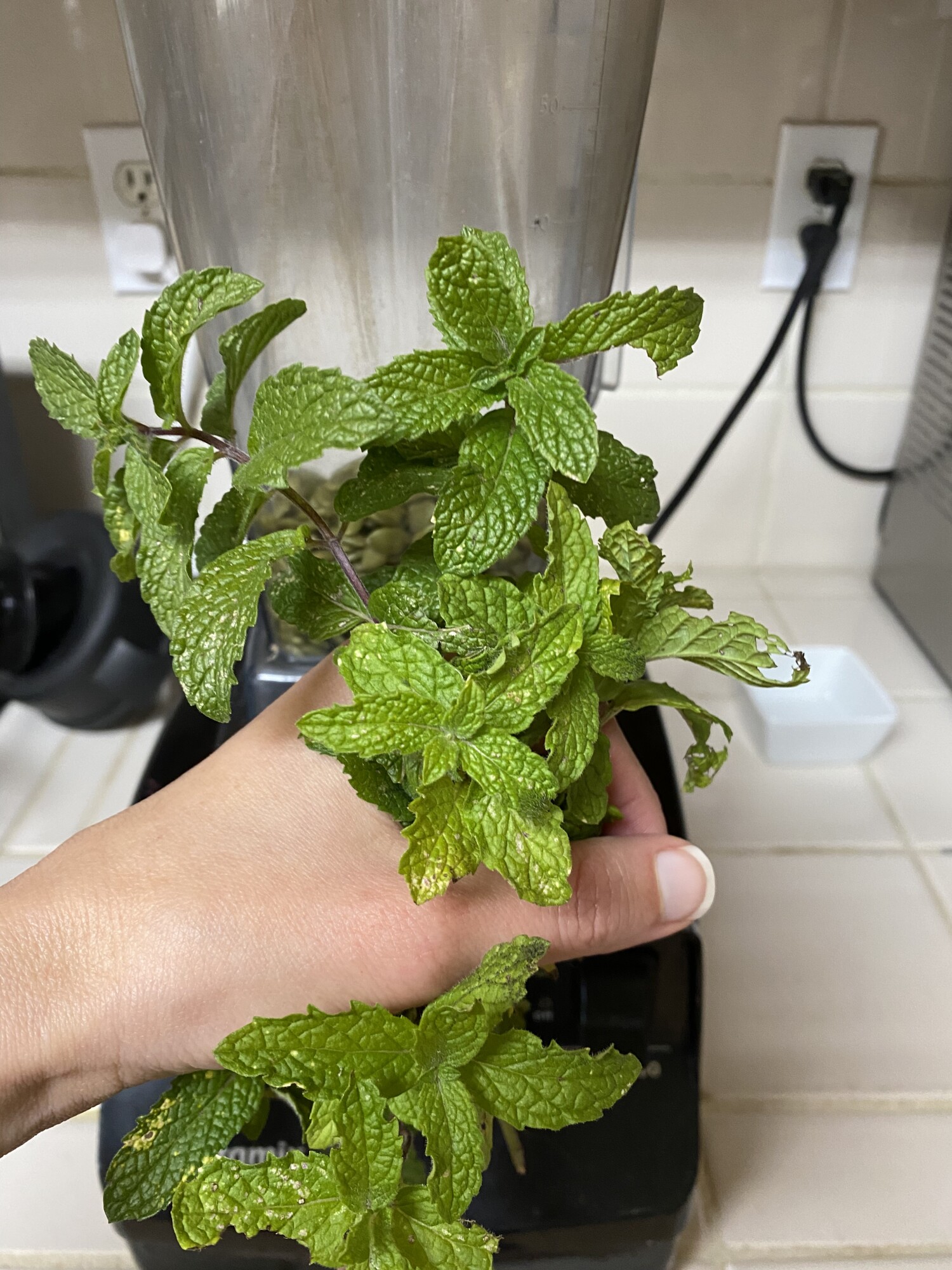
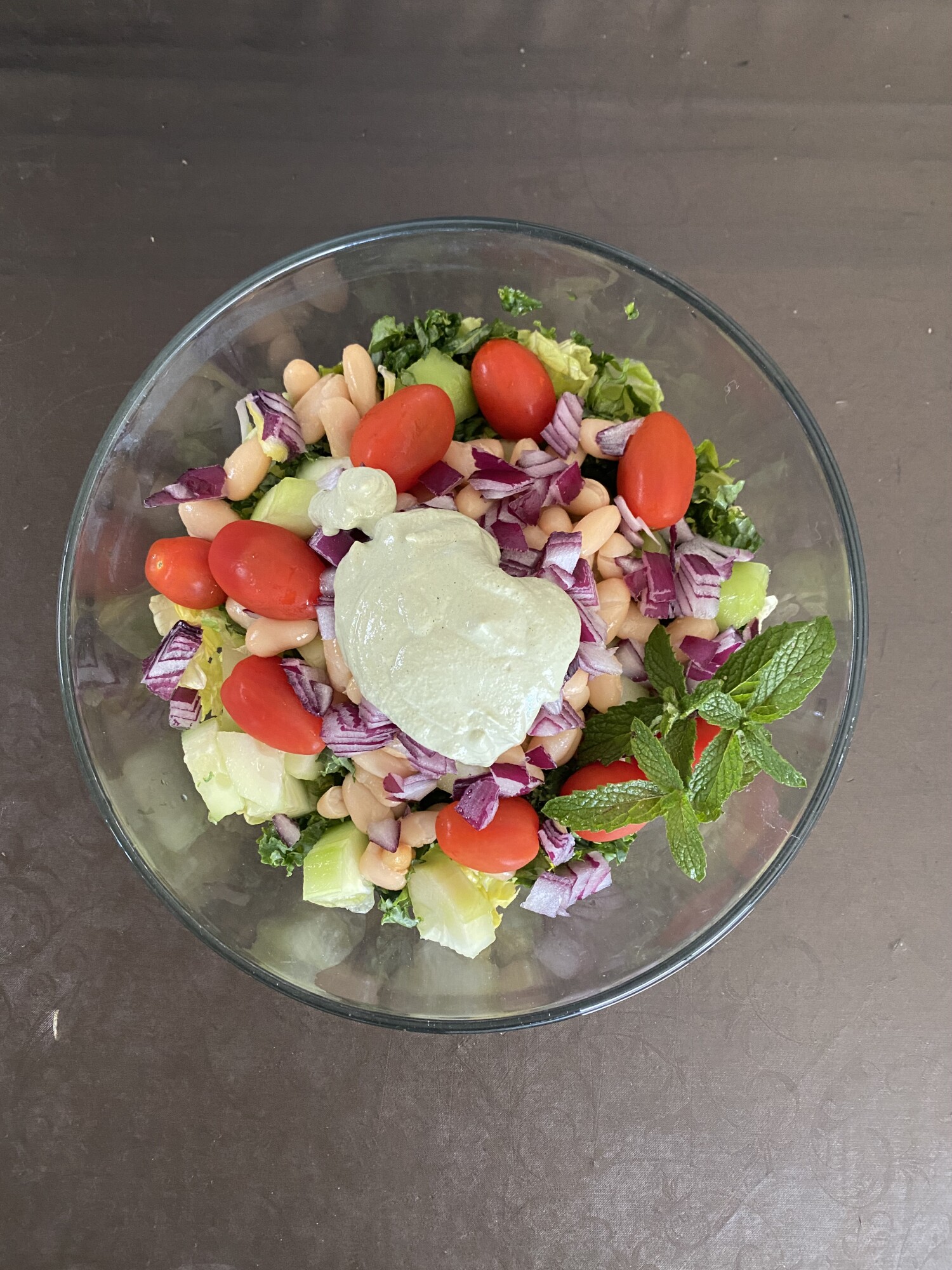
There you have it—your very own homemade Pepita Dressing! It's easy enough for any home chef to whip up in no time flat and adds an extra layer of flavor to salads without being overly heavy or greasy like some store-bought dressings can be. Plus, pumpkins seeds are full of vitamins and minerals such as magnesium, zinc, iron, phosphorus, potassium - making this dressing perfect for holistic moms who want their families to eat healthy without sacrificing on flavor! So grab those ingredients from your pantry and get ready for some serious flavor-bombing! Enjoy!
My blogs contain some affiliate links.
Any purchase made is a blessing to my family at no extra cost to you!
Thank you for supporting us!

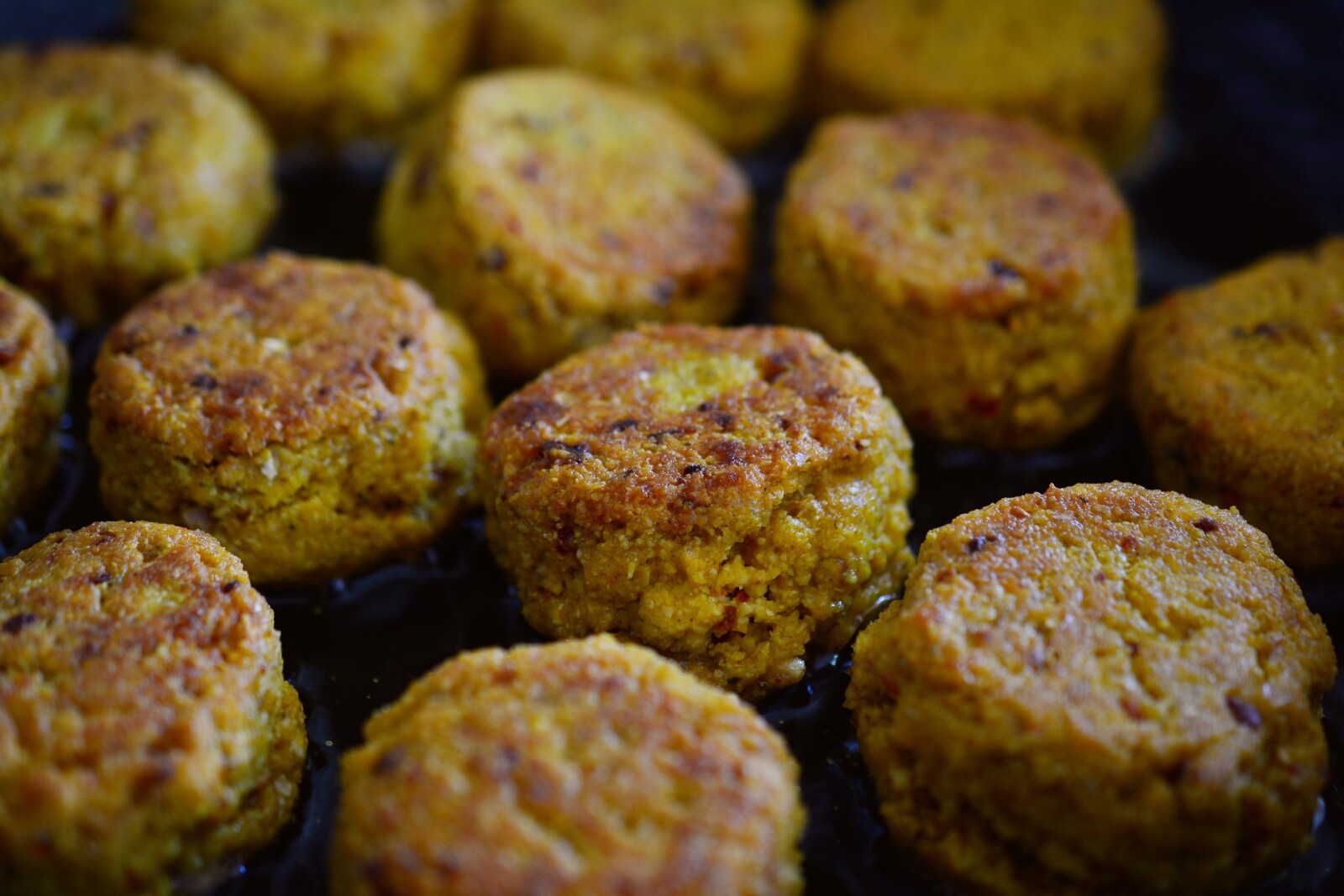
As a busy mom, you want to make sure your family is eating healthy and nutritious meals. But you’re also short on time. So how can you make something delicious and healthy without spending hours in the kitchen? Our millet falafel recipe has got you covered! It’s packed with protein, easy to make, and ready in no time. Let’s dive right into the details!
What You Need
For our millet falafel recipe, here are the ingredients that you will need:
4 cups cooked millet, chickpeas*, or cannellini beans (or 2 cups millet + 2 cups chickpeas or cannellini beans)
1 cup parsley
1/2 cup cilantro
1/2 cup dill
3 cloves garlic
1/2 cup red onion
1/4 cup fresh lemon juice
1 teaspoon baking powder
1 teaspoon ground cumin
1 teaspoon coriander
1/8 teaspoon cayenne pepper
Salt and pepper to taste
For the baking sheet: 1/8-1/4 c olive oil
Pita bread or lettuce leaves for serving
Serve with cucumber, red onion, tomato, dark green leafy lettuce, Kalamata olives, bell peppers.
Hummus, Tahini Sauce, Tzatziki Sauce
*Raw and soaked overnight
How to Make It
Making millet falafel is a breeze!
First cook the millet. This can be made ahead of time and refrigerated for up to a week. I like to make the millet the day before so it is chilled, and if I am adding chickpeas, I start them soaking at the same time.
1 cup uncooked millet
3 cups water
Pour millet into boiling water and simmer for 25 minutes
Then place herbs, chunked onion, and lemon juice in a food processor. Blend well. Add the rest of the ingredients, except for the olive oil, into the food processor. Pulse until everything is combined but still slightly chunky. If it appears too dry, add up to 1/4 cup of water(if needed) a little at a time until it forms a thick paste. Then scoop out tablespoonfuls of mixture and shape them into small balls or patties. Oil a baking sheet and bake at 350 degrees for 30 minutes, flipping them at 15 minutes. Serve with pita bread or lettuce leaves if desired and enjoy!
There you have it – an easy, tasty millet falafel recipe that takes only minutes to prepare. With this dish, you get all the benefits of protein from the millet plus extra flavor from added herbs and spices. Plus it’s vegan so everyone can enjoy it! For busy moms who want to provide their families with healthy meals without sacrificing time in the kitchen, this is definitely a winner. Enjoy!
My blogs contain some affiliate links.
Any purchase made is a blessing to my family at no extra cost to you!
Thank you for supporting us!



